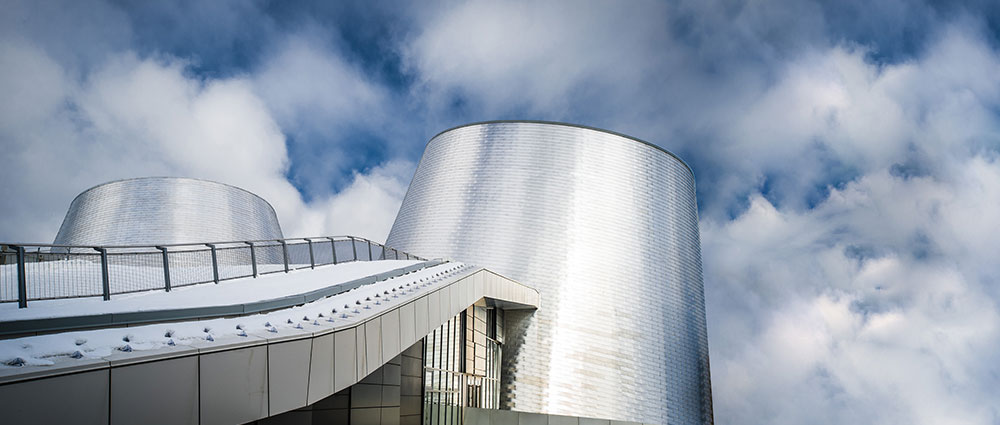NASA’s International Space Apps Challenge in Montreal Offers Neat Twist on Hackathons
 Set in the dreamy confines of the Montreal Rio Tinto Alcan Planetarium, the International Space Apps Challenge, a NASA-sponsored hackathon, collected a bunch of technologists and space experts to craft bold new technologies.
Set in the dreamy confines of the Montreal Rio Tinto Alcan Planetarium, the International Space Apps Challenge, a NASA-sponsored hackathon, collected a bunch of technologists and space experts to craft bold new technologies.
Recently, hackathons in Montreal have taken on a bit of an interesting twist: while they used to be confined to the traditional “build as much software as you can in this bit of time” approach; now, more and more, there is hardware being hacked into to create interesting projects.
One team took Oculus Rift to create an immersive tour of space. When you strapped the black eyeband on, you were immediately thrown into a view of different planets, with music playing in the headphones surrounding your ears. Using your hands, you could step through this 3D virtual reality, and explore different planets, wading through space as if you were an astronaut on a cosmic spacewalk.
Other teams experimented with wearable technology that would allow astronauts to be able to measure the temperature and radiation level around them. These particular hackers had the initiative to reach out to Hexoskin, a leading wearable technology provider, so that they could have expert advice on how to go about tackling how to go about designing something that could be functional in the last frontier.
Another team brought Google Glass to the fore, hacking it to fit the purposes of future astronauts. The Glass was primed to respond to commands that would probably need to be used in space. It was an interesting take on new technology being applied to a new context.
The team that ultimately won the Hackathon, decided by popular vote, was Leaf Me Alone. With three hackers, they had within a couple of days come up with a fully functioning system to capture pictures of leaves tweeted at them, and measure the ozone damage caused to them. A set of algorithms calculated the surface area of the leaf and the discoloration present in order to determine how sick it was, and how much of the damage was due to ozone pollution.
The prototype is up, and it allows for a crowdsourced database on exactly how ozone is affecting our planet. By simply tweeting pictures of leaves to @foligram, you could help contribute to a system that helps scientists be aware of where ozone is damaging wildlife—and how it affects humanity on a planetary scale.
All of us have, at one time or another, dreamed of exploring the great beyond, of walking through the darkness that surrounds us. As technology accelerates to bring us there, the technology it takes for us to visualize and execute on exactly how we will interact with that darkness can apparently be developed in Montreal in less than a weekend.
It is a testament to the innovative spirit of Montreal, which will resonate on planet Earth—and beyond.




